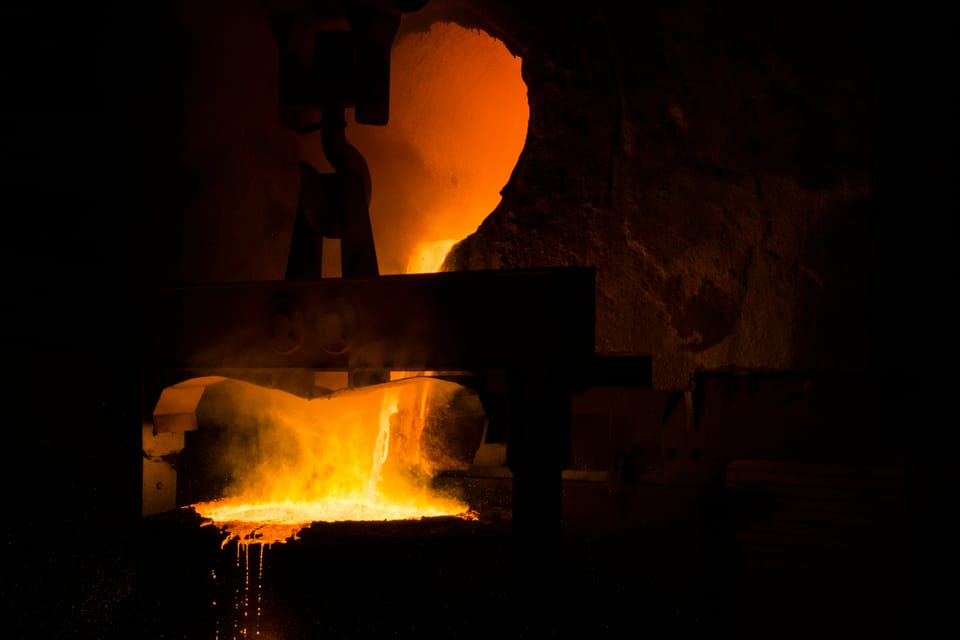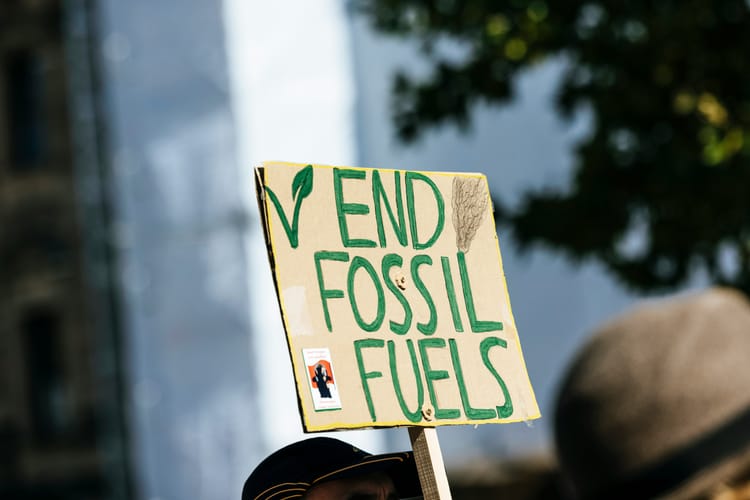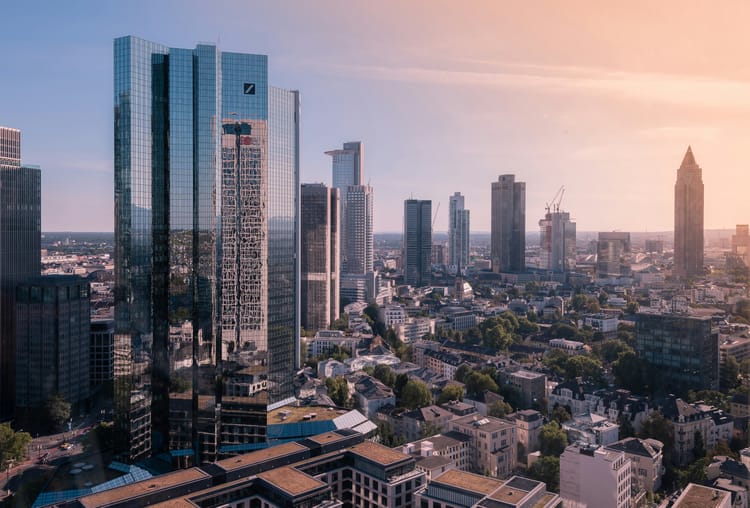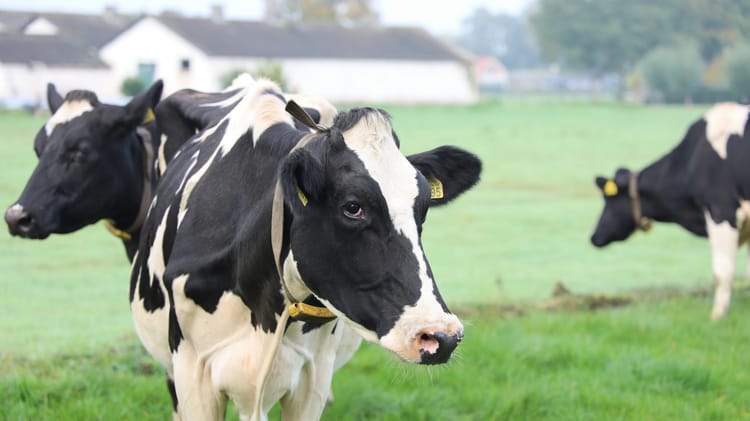Continued investment in coal-based steel threatens sector decarbonisation

With new planned steelmaking capacity in India and China depending largely on coal-based blast furnaces, steel decarbonisation remains too slow, warns a new report.
The steel industry generated an estimated 11% of global emissions – largely due to the coal-powered blast furnaces (BF) or basic oxygen furnaces (BOF) used to process iron ore. As such, transitioning to ‘green steel’ produced using new low-carbon methods is crucial and urgent to meet the world’s net zero goals.
But although new methodologies like direct reduced iron (DRI) and electric arc furnaces (EAF) are gaining ground, many steel companies continue to rely on coal-based processing techniques, threatening the sector’s (and the global economy’s) climate objectives.
EAF-based steelmaking represents less than a third of production in 2025
Over the last five years, global coal-based BOF capacity has dropped 2%, while low-carbon EAF capacity increased by 11%, according to Global Energy Monitor’s latest report. Projections suggest EAF capacity could increase another 24% by 2030, but BOF capacity could still rise by 7% in the same timeframe, driven largely by new production in India and China.
By 2030, EAF-based steelmaking could make up 36% of global production, up just 6% from 2020 and short of the International Energy Agency’s 38% target – with the wide majority of new product still made from coal-based processes.
“While electric arc furnace (EAF) capacity is progressively growing and represents a larger share of global developments than ever before, continued investments in BF technology and setbacks in green steel development plans pose a significant threat to the industry. The steel sector must increase ambition in the second half of this decade if it stands a chance to meet 2030 — and 2050 — net-zero goals,” GEM warns.
Read also: ArcelorMittal 'increasingly unlikely' to meet 2030 goals
Green steel dreams hinge on India’s plans
India currently has the largest development pipeline of steelmaking capacity globally, but overwhelmingly relies on higher-emissions, coal-based production methods, the report adds. At the moment, 23% of India’s steel production capacity is EAF-based, while 61% is coal-based.
The country plans on doubling its steelmaking capacity by 2030, and accounts for over half of coal-based steelmaking capacity in development. India’s steel industry remains the most carbon-intensive, emitting about one-fifth to a quarter more CO2 per tonne than China.
“India is now the bellwether of global steel decarbonisation. If the country does not increase its plans for green steel production, the entire sector will miss an important milestone. So goes India, so goes the world,” said Astrid Grigsby-Schulte, Project Manager of the Global Iron and Steel Tracker.
The report also highlights Australia and Brazil’s opportunity to lead the green steel transition, since both benefit from large iron reserves and abundant renewable energy. Global iron ore production hit 2,059 million tonnes last year, with Australia and Brazil accounting for 43% and 21% worldwide production, respectively – giving the two countries a chance to influence the development of the green steel market.







Member discussion